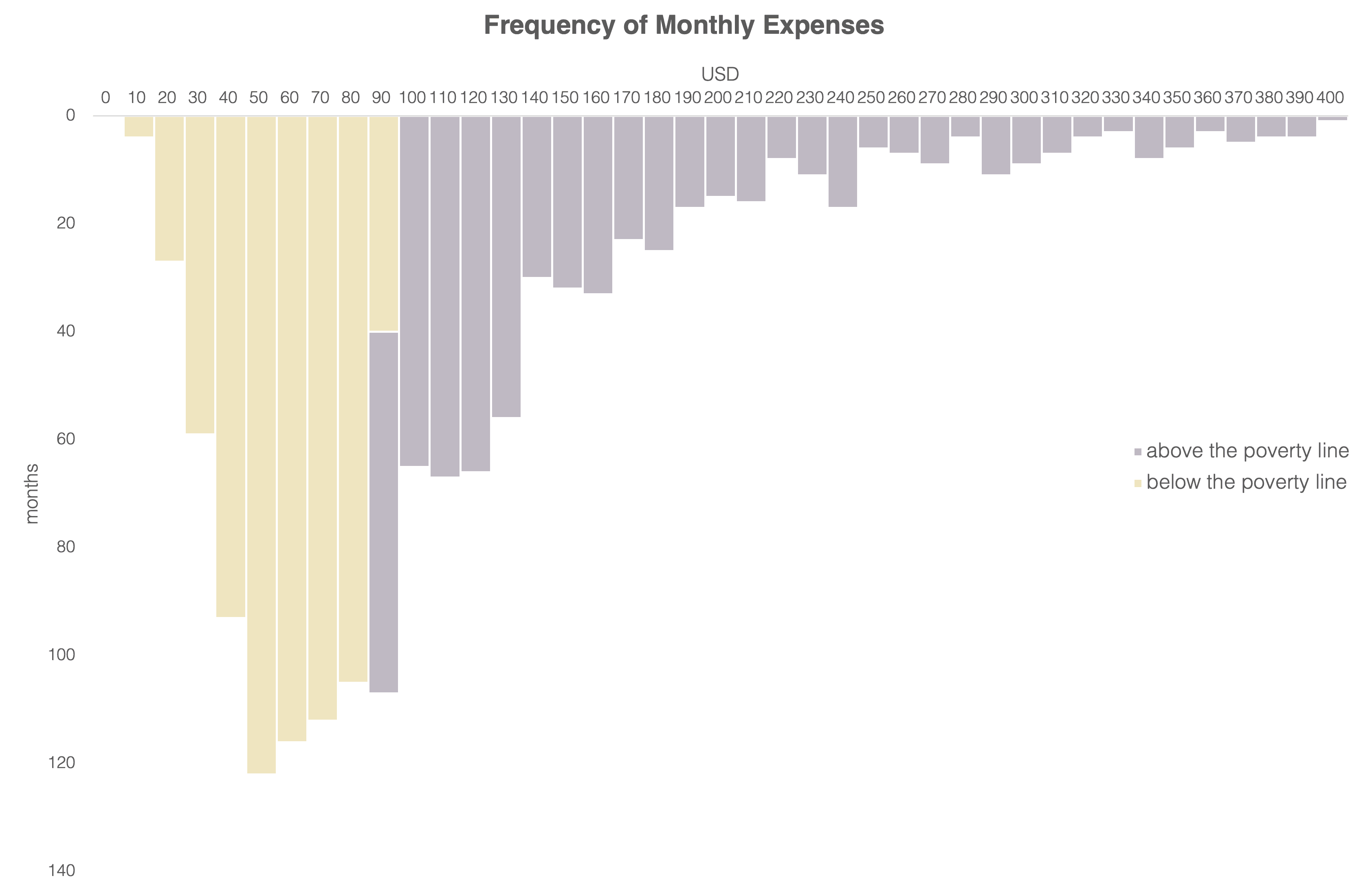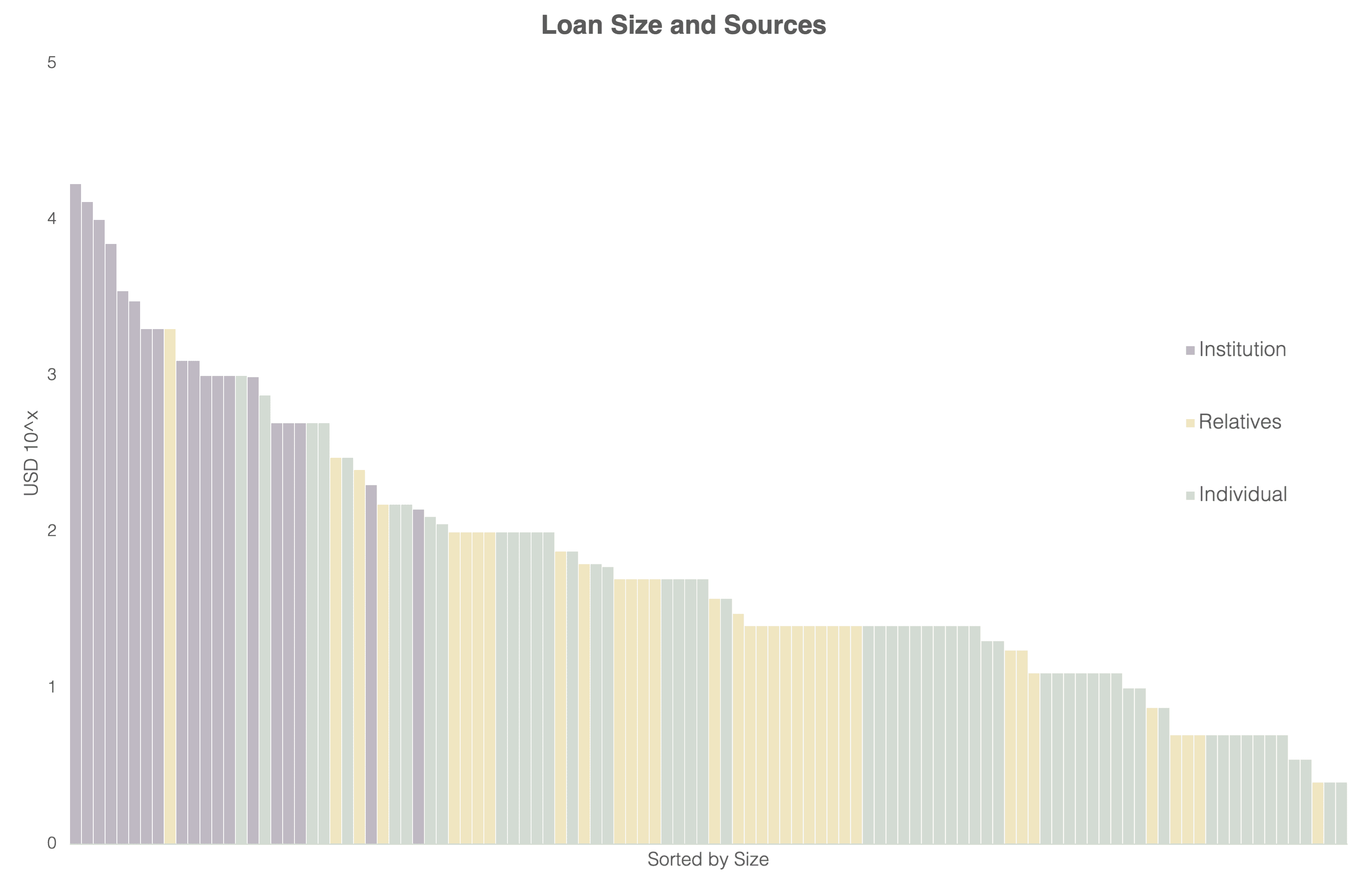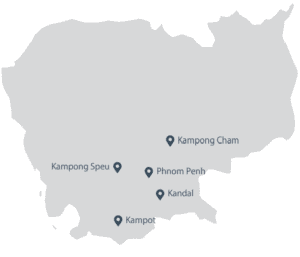
Data is the new oil?
In the past decade, the phrase “data is the new oil” has become hugely popular, with hundreds of articles and talks using this metaphor. And there is good reason for this: many see data as the “fuel” which is giving energy to the 21st century economy.
Data on its own has no, or little value - similar to crude oil, it needs refining to become a useful and valuable resource. Only after we process our data, put it into the right context, and use it for decision making, do we get the real benefits (in the same way that oil is much more useful when turned into petrol, asphalt or plastic). To do so, we need infrastructure for collecting, storing and processing the data - which is another similarity with the oil industry.
But is this metaphor really fitting?
First, oil is a finite resource, consumed over time, and rarely reusable. This is very different from the nature of data- data is (almost) unlimited, reusable and multiplies whenever we cross it with other data (we create information, rather than using up data). This gives us unlimited opportunities without having to worry about running out of “fuel”.
Second, with oil you need to start big - the infrastructure is very complex and it requires a huge investment. Again, data is very different - you can start from simple data analytic functions, gradually developing your capabilities and outreach. It is also possible to test solutions and pivot if the chosen path does not fit your business.
Third, you can store crude oil and it will still keep its value, whereas data very often loses its value over time. For example, records of some events age very quickly, and can only bring benefits if used immediately.
Finally, in case of leaks, oil can be cleaned up (although the damage to the environment is done and not always fully reversible), while in case of data it is impossible - leaked/stolen data can damage businesses and people’s lives for many, many years.
(S)oil
While listening to The Data Strategy Show1 podcast, I encountered for the first time the idea of “data as a new soil”. In the episode they mention the soil metaphor in passing, in contrast to oil. I found the soil metaphor to be much more accurate and decided to extend this thinking further.
First of all - you need to work patiently with data/soil to bring value. To grow crops, you need to know the quality of your soil well (explore your data), understand what crops you can expect to grow on this type of land (understand the business context), prepare the soil for agriculture (prepare data), sow seeds (run analytics), water crops and look after them (enrich your data, observe the results, improve analytics), protect from pests (ensure data security), harvest crops (make use of ready information), and… iterate or improve on the process.2
Moreover, the soil metaphor is useful to show that without previous experience it might be better to turn your enterprise into a data-driven one gradually. As with soil or land - if you are new to agriculture, you can start with a small plot, learn, experiment, pivot, and progress with time. Unlike with oil, you don’t need to build the whole operation from day one, but can start small and keep gradually improving.
You also need to be patient - careful preparation, good understanding of data and business context are key to obtaining the best outcome and should not be hurried. Data projects you start now might bring value after a few years - crops you planted today will not grow in a few days.
Of course, the examples above do not exhaust the similarities between data and soil, but they demonstrate the usefulness of the soil metaphor.

In the context of microfinance
In the microfinance context this metaphor is even more appropriate- and it is not only because the low income households we serve very often make a living from agriculture or animal husbandry.
The microfinance sector has not usually been associated with being “data-driven”. Access to data has historically been limited, the need for data analysis has not been recognised, and the lack of proper infrastructure for data was very common. With growing usage of smartphones and tablets, however, the situation has slowly started to change, this change has rapidly accelerated under COVID-19 - more and more microfinance institutions are starting to implement better data collection methods, build (or outsource) data analytics, and use data more often in decision making or product development. But (almost) everyone proceeds in the same way as a farmer starting to cultivate a plot of land - start with a small project, learn, experiment, and then pivot or scale. And just as with growing crops: for some outcomes we will need to wait a little while.
Finally, one important point: data belongs to the people, to our clients. They give us access to their personal information and in exchange we improve our operation, pricing, and product fit. Together, we are cultivating the soil and sharing the fruits of our labor. Sometimes literally.3
Tomasz Ociepka works on data analytics at Gojo. He is currently working on setting up Gojo's data lake for the secure storage and easy analysis of data from Gojo's partner companies.
- The Data Strategy Show, Episode 16 Peter Aiken: The Godfather of Data Strategy
- I realise this is a gross simplification of both farming and data processing, but I hope it helps show, in general, how both rely on patience and constant cultivation.
- This is not a microfinance example, but a company with values similar to many microfinance companies: serving people in developing nation(s) while covering the “triple bottom line”: for profit, for purpose, and for environmental sustainability.
























